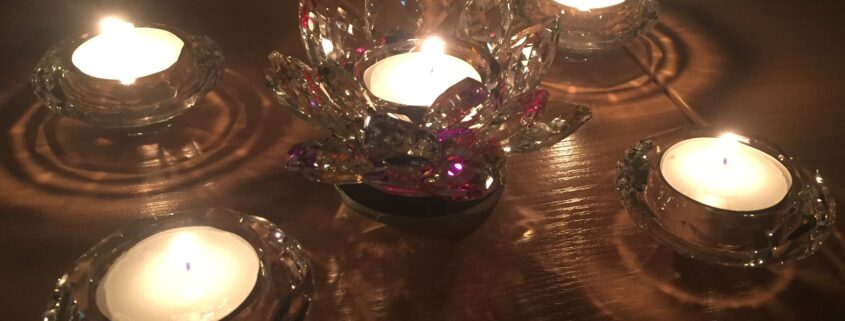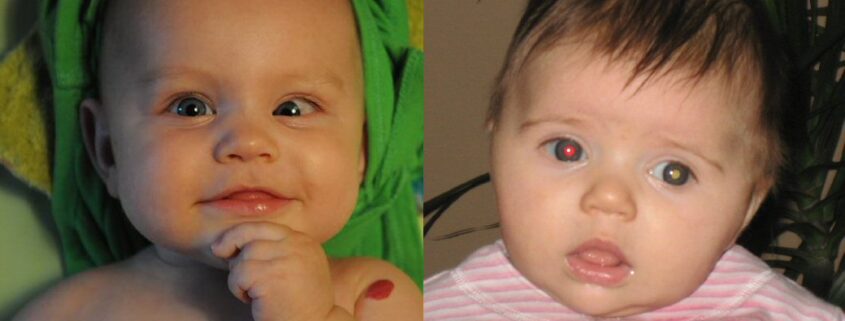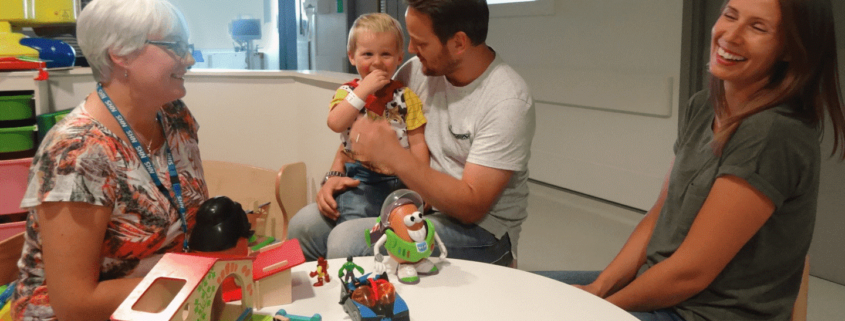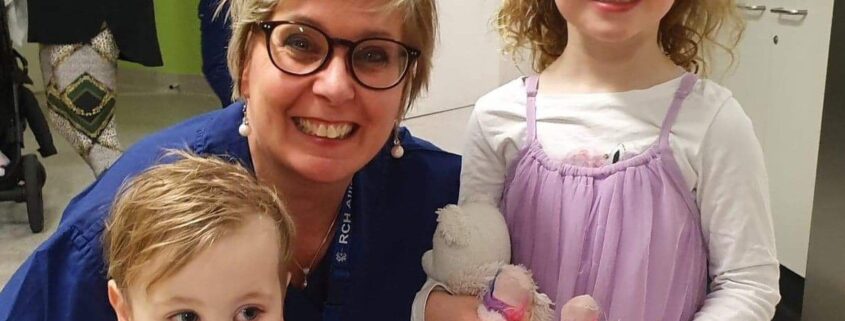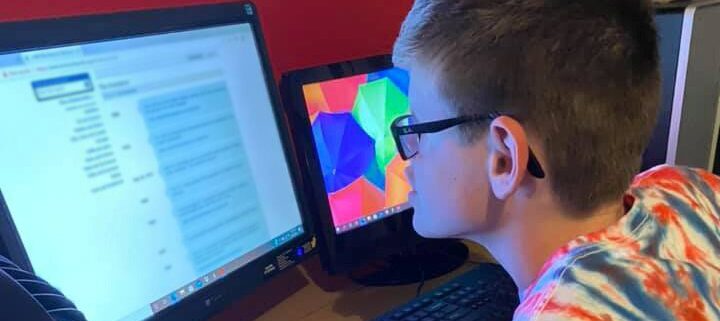Living with the Retinoblastoma Cancer Syndrome Part 2: Risks, Impacts, Challenges and Opportunities
For individuals living with the retinoblastoma cancer syndrome, childhood eye cancer is only the start of the story. Sharing personal experience and insight from fellow Rb survivors, Abby White explores key challenges encountered along the way, from working with doctors who do not understand the risk to psychological impacts, and the need for more effective care.


